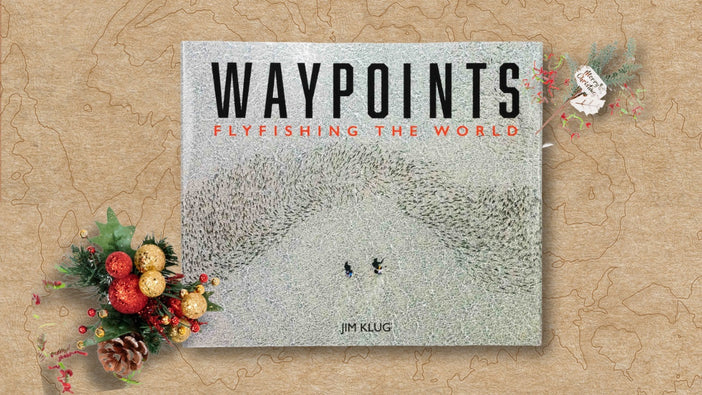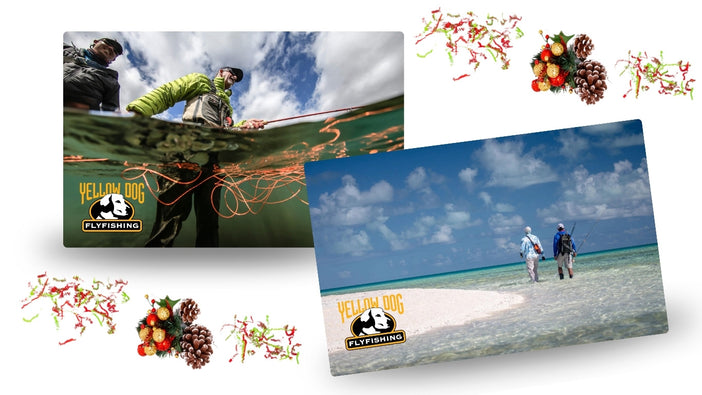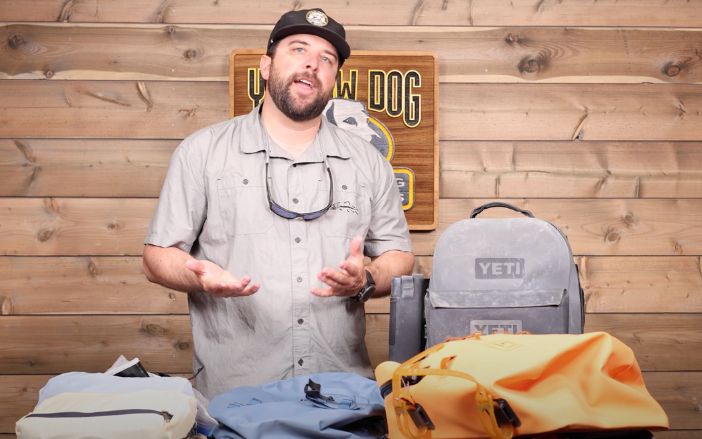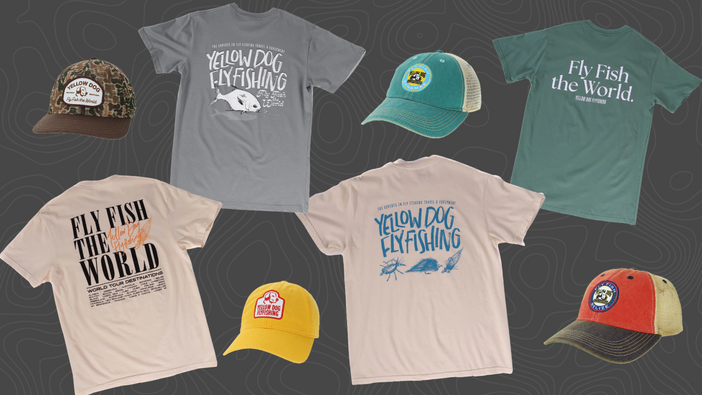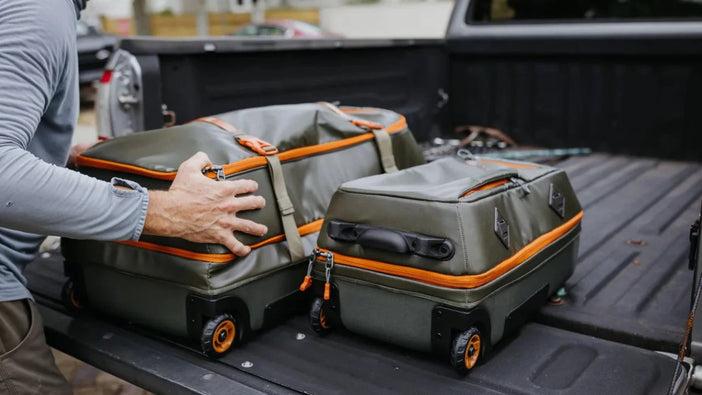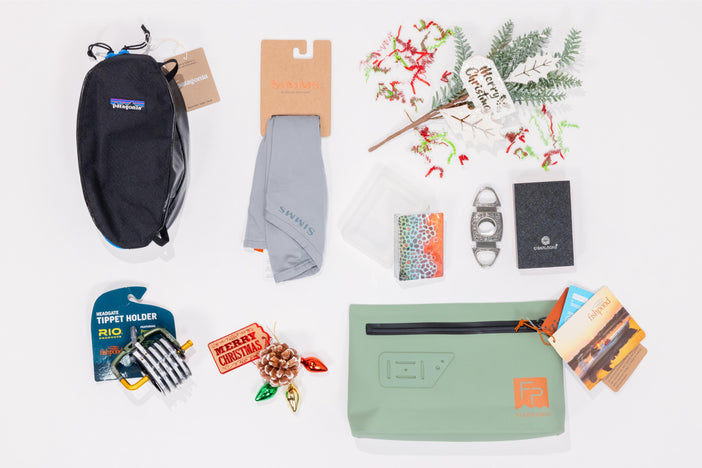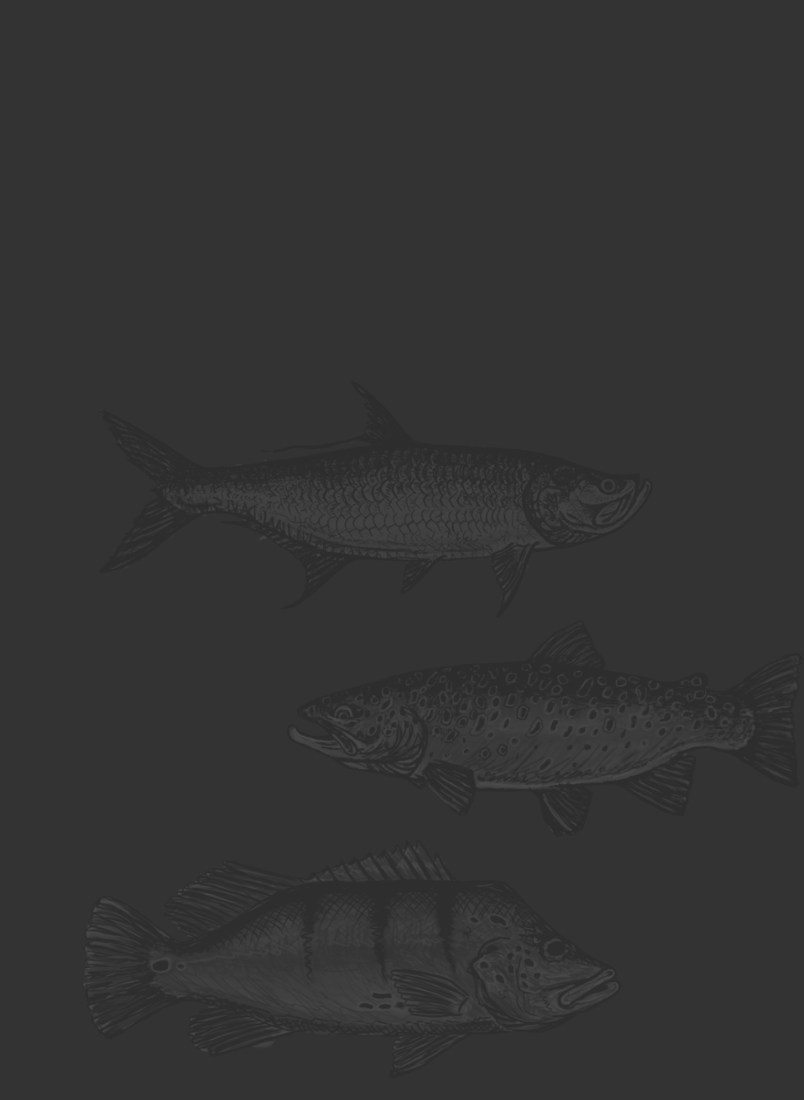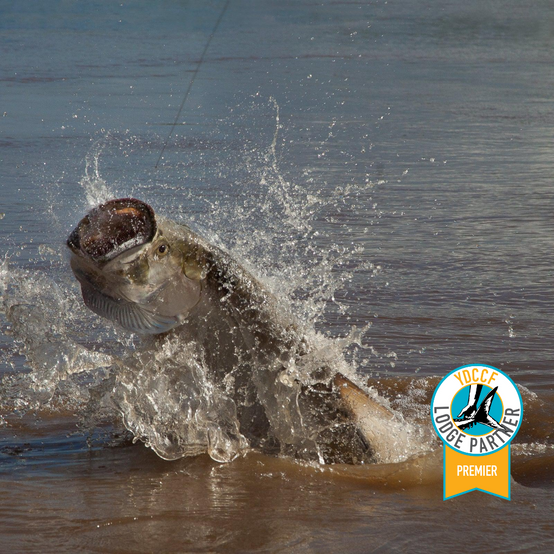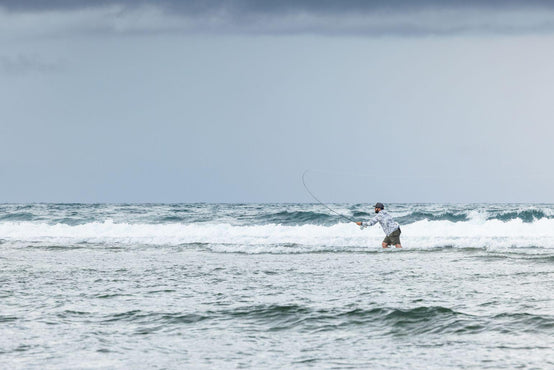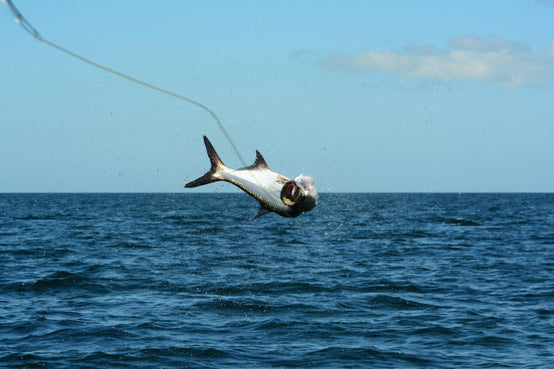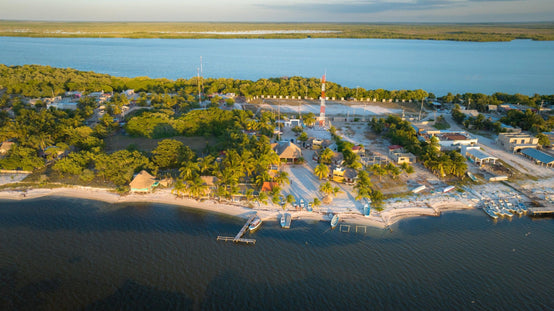General Information
Tapam will have new pangas for 2025, designed with fly fishing in mind. There will be casting decks fore and aft so two anglers can fish at the same time, and the pangas will be rigged with front mounted trolling engines and top-notch electronics.
Fishing situations are varied but most often it is casting to rolling fish, waiting for tarpon to violently smash bait on the surface or blind casting in known hot spots or likely areas. In many situations casting a reasonable distance is all it takes. But when tarpon is busting bait getting the fly to the feeding fish quickly is important. And since the fish can show up anywhere around the boat, the ability to present the fly with a back cast is a major asset. That is equally useful when you are fishing two out of the boat, often covering water in different directions. Anglers are encouraged to practice casting 11 or 12 weight rods before the come.
While we sometimes find good action for baby tarpon, most of the shots will be at adult fish from 50-100+ pounds. Every season a good number of 150+ lbs are hooked and landed. Forget about small flies and lighter leaders – these fish see very little fishing pressure and don’t care. When they’re on, they’re really on and flies will be sucked way in to that bucket of a mouth.
We rarely fish lighter tackle for snook or jacks. They are mostly welcome bycatches while tarpon fishing and even if we have a few spots where we know is a chance of hooking a snook there is always a chance of a big tarpon hanging around in the same spot. Since you need to fight a good snook pretty hard to stop it from going into sunken trees or other obstacles it makes more sense in most spots to stick with the heavy rod and be prepared for anything. We sometimes fish lagoons with small to medium sized tarpon and here a 10 weight would be fine.
Should the tarpon fishing slow down we might bring a spin rod in the afternoon and try to jig a couple of nice snook, most for catch & release but occasionally keeping a mid-sized one for dinner.
Water levels are consistent during the prime season and conditions don’t change much. Fishing success often depends of finding schools of active tarpon and hoping they stay in the same area for several days.
Fishing for big fish can be challenging. Sometimes, they’re hard to find at other times they’re hard to feed. Some weeks can be extremely exciting and very productive, others need hard work before you succeed. But every cast in these waters holds a real chance of hooking up with a fish of a life time. Bringing the right mindset is important.
Boats and Equipment
The guides run 23-foot long pangas with casting decks fore and aft and plenty of room for anglers and gear. The tarpon come in all sizes (10-200 lbs) and the bigger ones require 11 or 12 weights to tire them quickly before release. Sink tip lines work best in most scenarios, but intermediate lines can also be very useful if tarpon are in shallower parts of lagoons or flats, or if they are found on top. Having two rods with both sink tip and an intermediate rigged onboard is preferred so that each fishing scenario can be efficiently handled. If you’d like to bring a 3rd line then bring a second sink tip as we often rig two rods with identical sink tip lines and two different flies, and only change one of them to an intermediate line on certain occasions. Reels should hold 150 meters of backing and have good drags that will hold up during longer fights. Leaders are pretty standard tapered with a 125 lbs bite tippet (1,05 mm Seaguar Big Game is the best we have tried). Over the years we have lost several big fish on lighter bite tippets.
In terms of flies, the tarpon feed on anything from catfish, sardines and mullets to shrimp and blue crabs. Fortunately, they are opportunistic and even during a feeding frenzy on bigger mullets they don’t pass up on a smaller baitfish fly or even a shrimp pattern. We have found that casting length is more important than fly length so over the years we have downsized our flies somewhat. We fish a lot of shrimp patterns, and our baitfish are tied with reverse bucktail and nayat (goat) or synthetic fibers to minimize material, making them hollow and much easier to cast while maintaining great movement in the water. Custom tied flies are available for sale on-site.





















